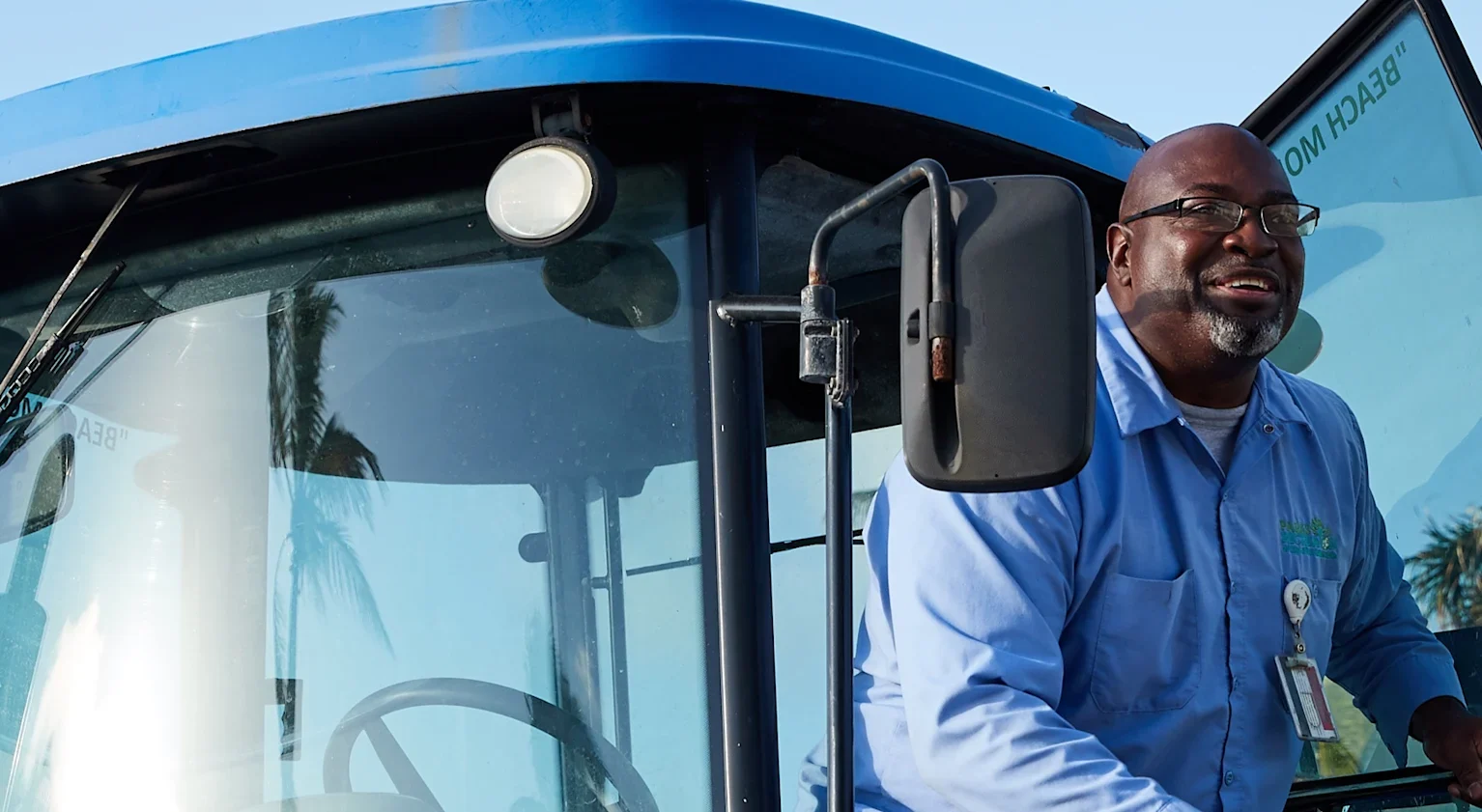Capture ROI from your Safety Program
Back to Main Menu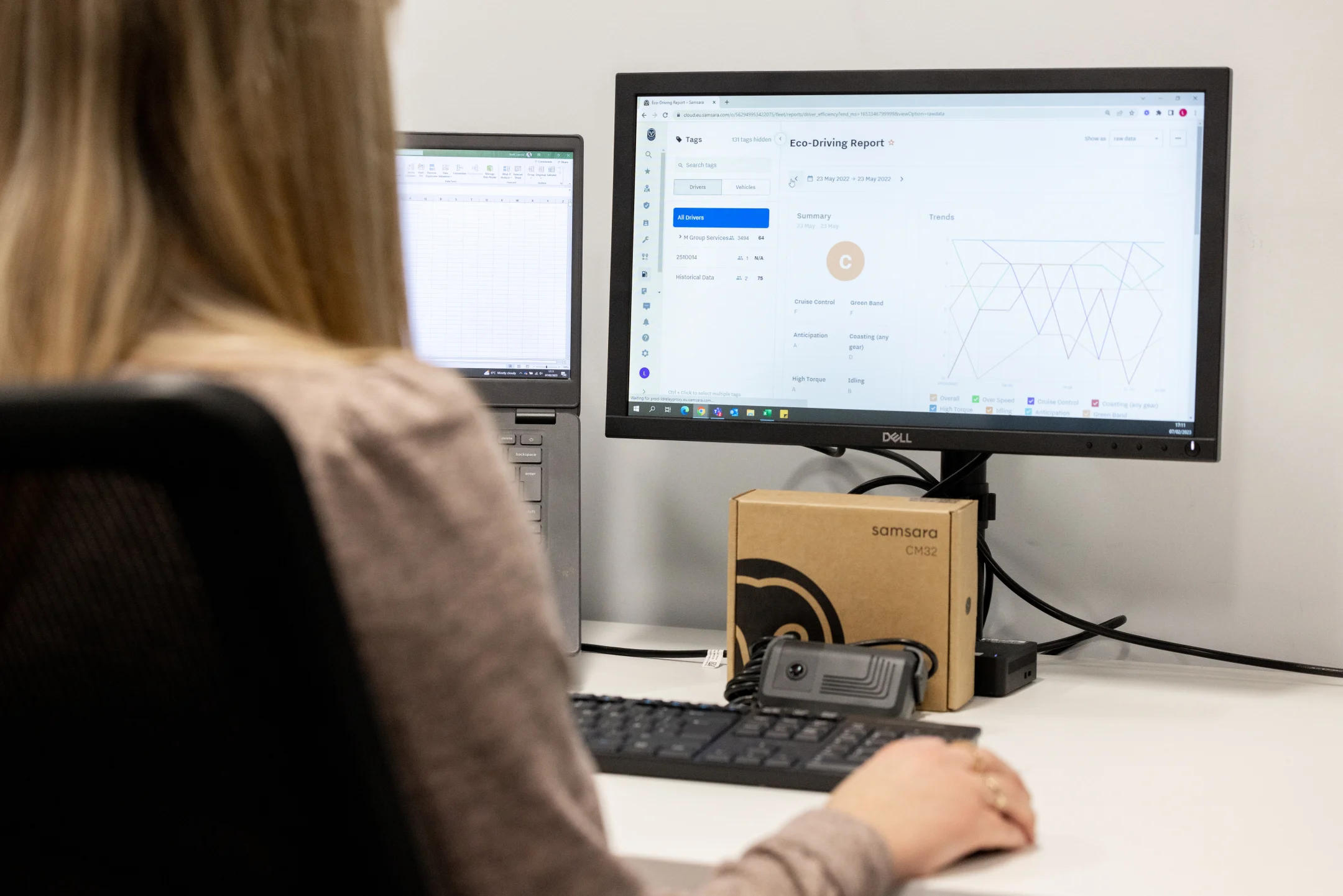
- Reduce Accidents
- Avoid False Claims
- Decrease Insurance-Related Costs
- Reduce Maintenance Costs
- Retain More Drivers
- Protect your Brand
How do you quantify the ROI of a safer fleet?
Investing in a video-based fleet safety program isn’t just a great way to protect your drivers and community—it’s also a great way to generate cost savings, improve operational efficiency, and boost your bottom line. From reducing accidents costs to avoiding false claims, keep reading to learn how to measure the return on investment (ROI) of your safety program.
86%
decrease in preventable accident costs (Chalk Mountain Services)
26%
reduction in accidents (DHL)
$1.2M
saved by exonerating a driver (Rasmussen)
Part 1 — Accidents
Decrease the frequency and severity of at-fault accidents
The first—and perhaps most important—way that a successful video-based safety program delivers ROI is by decreasing accidents, both in frequency and severity.
Customer Story
DHL
26%
reduction in accidents
49%
reduction in accident-related costs
How does a successful safety program reduce accidents?
A comprehensive, video-based fleet safety solution includes two key parts: telematics and dash cams. Together, they provide the robust data and visibility needed for effective driver coaching, safety score gamification, and rewards—all of which help reduce risky driving behavior and make accidents less likely. In fact, the NSTSCE found that when combined with driver coaching, dash cams reduced safety-related events by 52%. Another study from the JSR found that dual-facing dash cams—which record both the road ahead and in-cab activity— had an even larger effect: a 60% reduction in accidents and an 86% reduction in accident-related costs.
When and how to measure ROI
About 3-6 months after coaching drivers with dash cam footage, most fleets will begin to see an impact on the frequency and severity of at-fault accidents. We recommend using a spreadsheet to keep track of your accident rate and accident-related costs before and after launching your program, so you can calculate the percent change in number of accidents and direct costs. If you have an all-in-one platform like Samsara that can detect harsh events and speeding, you should also compare the number of safety-related events and hours over the speed limit month-over-month, since these are both important indicators of risky driving behavior.
Based on aggregated, anonymized data from more than 2.6K Samsara customers, the 2025 Samsara Safety Report revealed that customers that implement Samsara’s complete AI safety solution see a nearly 75% decrease in crash rate. This data demonstrates that in aggregate, Samsara dramatically reduces crashes, risky behaviors, and compliance violations, resulting in proven long-term ROI.
Key Performance Indicators
Decrease in Accidents or Accident Rate
Decrease in accident-related costs or direct costs
Decrease in safety-related events
Decrease in hours over the speed limit

2025 Samsara Safety Report
Samsara AI helps reduce fleet crash rates by nearly 75%
Based on aggregated, anonymized data from more than 2.6K Samsara customers, the 2025 Samsara Safety Report reveals how Samsara AI helps reduce crash rates. Samsara customers typically see a 35–40% aggregate reduction in crashes over time; however, fleets with 175+ vehicles that adopt Samsara’s full AI safety solution—including Dual-Facing AI Dash Cams, in-cab alerts, and AI coaching—see ~75% decrease in crash rate over 30 months.
Download the report
See how Chalk Mountain decreased preventable accident costs by 86%
Chalk Mountain has realized significant ROI from their partnership with Samsara, improving their CSA scores by 17 basis points and achieving a record milestone: 31 million miles without a DOT preventable accident.
Read Case StudyWatch video
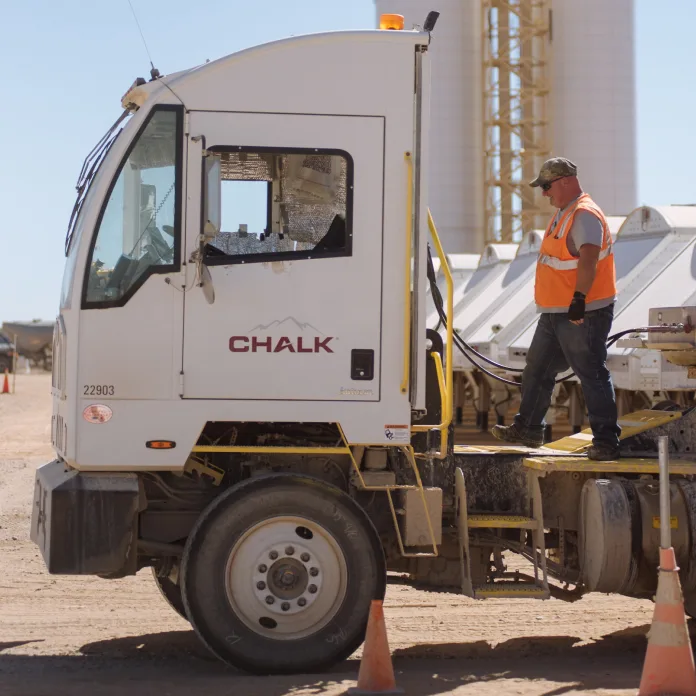
Part 2 — Exoneration
Exonerate innocent drivers and minimize false claim payouts
In addition to reducing the frequency and severity of accidents, a video-based safety program can also deliver ROI by helping you exonerate innocent drivers and avoid unnecessary payouts.
Rasmussen Group
$1.2 M
saved by exonerating one driver at an incident scene
How does a successful safety program reduce false claim payouts?
Without concrete evidence to defend drivers, some fleets spend millions of dollars each year paying insurance claims and fighting long legal battles, which can affect profitability. With dash cams that auto-upload incident footage to the cloud, you can exonerate drivers on the spot, bypass lengthy claims processes, and eliminate unnecessary payouts. In fact, in a recent survey of Samsara customers, more than 50% said they have used Samsara dash cam footage to exonerate drivers in the past year, saving $5,000 to $25,000 on average, with some saving over $100,000 a year.
When and how to measure ROI
Exoneration is the area where fleets usually see the most immediate impact, since many fleets exonerate a driver with dash cam footage within a few months of deployment—if not during their trial period. As soon as your dash cams are fully deployed, we recommend keeping a spreadsheet of every documented instance where dash cam footage exonerated a driver. Estimate how much it would have cost to resolve the incident without the footage, and keep a running tab of estimated savings.
Key Performance Indicators
Dollars saved by exonerating
drivers with dash cam footage
Decrease in false claim payouts
See how Samsara AI Dash Cams can help you avoid false claims
Samsara AI Dash Cams auto-upload event footage to the cloud, making it possible to exonerate innocent drivers on the spot.
Learn More Watch video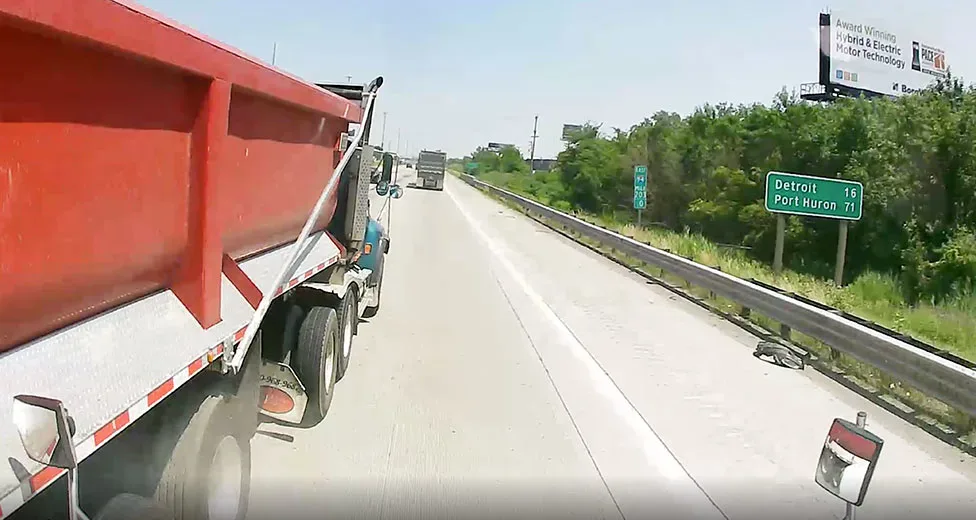
Part 3 — Insurance
Reduce insurance-related costs
Fleets that deploy a successful video-based safety program often see a significant decrease in insurance costs over time—in terms of both auto claims and premiums.
Fraley & Schilling
36%
reduction in insurance costs from 2020 to 2023, even as market costs rose 20%
How can a successful safety program reduce insurance-related costs?
Dash cams are a key component of any successful safety program. But the data they provide isn’t just helpful for coaching drivers and reducing accidents—it’s helpful for reducing insurance-related costs, too. Firstly, in the case of an accident, dash cam footage enables insurance companies to accurately and quickly determine fault, which makes settling disputes faster and less expensive. Secondly, some insurance providers will offer a premium discount, credit, or subsidy for installing dash cams and sharing safe driving data, since dash cams can mitigate the risk of insuring your fleet. In fact, in a recent survey, 15% of Samsara dash cam customers said they were able to reduce their insurance premiums after installing dash cams, despite the fact that premiums are on the rise industry-wide.
When and how to measure ROI
Before even launching your new safety program, make sure to ask your insurance provider if they offer a discount, subsidy, or credit for installing dash cams. If not, consider sharing the data from your program to show proof of safety improvements during your next renewal. Even if your provider doesn’t offer any sort of discount, make sure to track your total auto claims. Depending on the size of your fleet, you may see an impact on auto claims within a few months to a year.
Key Performance Indicators
Decrease in insurance premiums
Decrease in auto claims
The biggest contributor to reducing our accident costs was Samsara AI Dash Cams. Samsara has allowed us to be more proactive in identifying risky behaviors and positively coaching drivers.”
David Serach
Director of Safety, Chalk Mountain
Read Case StudyPart 4 — Maintenance
Minimize vehicle wear and tear
In addition to reducing accidents, a video-based safety program can also help decrease vehicle downtime and maintenance due to safer, less abrasive driving.
Kreilkamp Trucking
15%
reduction in tardy deliveries due to decreased downtime across fleet as a result of fewer safety incidents
How does a successful safety program reduce maintenance costs?
Harsh braking wears out brake pads and causes unnecessary stress on vehicles. Combined with acceleration data from a connected telematics device, the best dash cams can play in- cab audio messages when risky driving behaviors are detected. This helps to discourage harsh driving, as well as reduce physical damage and maintenance costs. Plus, data-driven driver coaching reduces accidents, meaning fewer repairs and less downtime across your fleet.
When and how to measure ROI
You can measure the impact of your safety program on maintenance costs in a variety of ways, depending on how your fleet functions—from decreases in brake pad replacements to dollars saved per vehicle repair (or dollars saved due to fewer accidents). For most fleets, having at least 3-6 months of data will be useful to get an early picture of maintenance-related impact.
Key Performance Indicators
Dollars saved per vehicle repair
Decrease in brake pad replacements
Decrease in repair costs due to fewer accidents
Change management guide
Best Practices for Building a Video-Based Safety Program
Learn how Samsara can help you implement a successful fleet safety program from start to finish. This step-by-step change management guide includes implementation best practices, easy-to-follow checklists, safety policy recommendations, and success stories from Samsara customers.
Get Your Guide
Part 5 — Retention
Improve driver morale and retention
Despite initial apprehension about dash cams, many drivers become more engaged with their jobs due to the rewards and protection that a comprehensive safety program provides.
AWP Safety
51%
reduction in driver turnover
How does a successful safety program improve retention?
It may be surprising, but dash cams can actually help improve driver retention and decrease driver turnover. How? Although drivers are usually skeptical about dash cams at first, they become more engaged with their jobs once they see the benefits dash cams provide. Not only can dash cams exonerate innocent drivers from blame—which quickly instills trust and goodwill—but they can also enable a robust rewards program based on driver safety scores among other factors. Multiple studies have found that rewards are an extremely effective retention tool; 79% of employees say they work harder when they feel recognized, and 83% of employees say that rewards make them feel more engaged with their job.
When and how to measure ROI
With the competitive labor market, keeping tabs on driver retention is more important than ever. Wait until 3-6 months after you’ve introduced a safety-based rewards program to measure changes in driver turnover. If possible, also keep track of dollars saved in recruitment and replacement costs per driver, a huge cost driver.
Key Performance Indicators
Decrease in driver turnover
Dollars saved in recruitment and replacement costs
See how Rasmussen reduced speeding and rolling stops by 70%
Rasmussen deployed Samsara AI Dash Cams to develop a comprehensive safety program, improving safety with in-cab alerts and exonerating drivers with on-demand video retrieval.
Read Case Study Watch video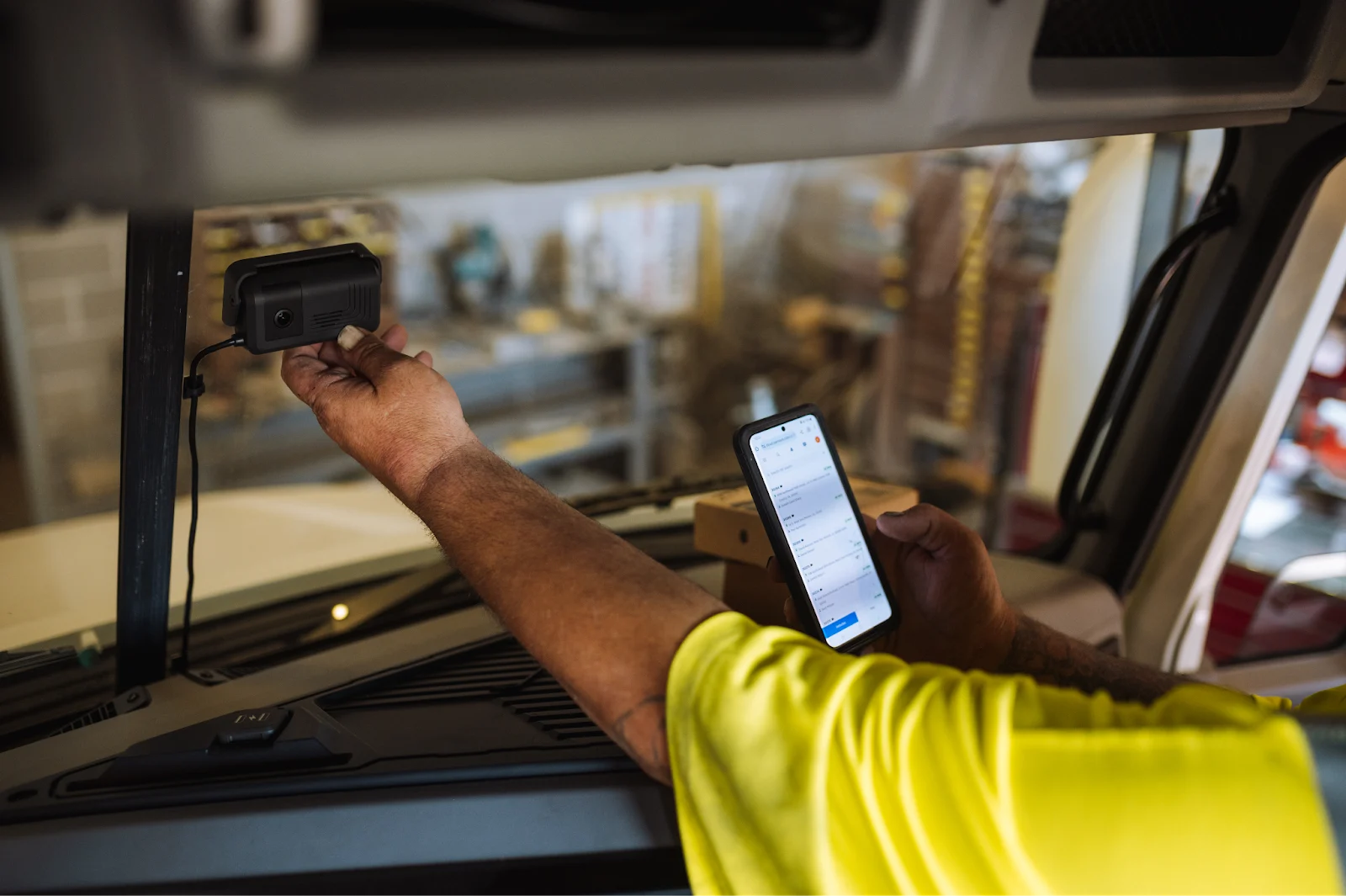
Part 6 — Brand
Protect your company’s brand and win more business
A video-based safety program can have widespread effects across your entire business—from helping you protect your brand name to increasing customer loyalty and winning new contracts.
JRayl Transport
71%
improvement in CSA Unsafe Driving score in one year
How does a successful safety program protect your brand?
If your fleet has a recognizable logo, you have probably been subject to false claims—people falsely accusing your drivers of damage because they expect an easy payout. Without dash cams, these claims can be difficult to defend against. But with dash cams, you have unbiased evidence that can exonerate your drivers and clear your brand name from fault. In addition, as your video-based safety program helps reduce accidents over time, you should see a decrease in your CSA scores—which can help your company win more business by standing out from the competition.
When and how to measure ROI
The easiest way to measure the impact of your safety program on your brand is to simply calculate the improvement in your CSA scores since fully launching your program. Because the FMCSA updates CSA scores monthly, you should be able see improvement within a few months—especially if you’ve established consistent, effective driver coaching workflows.
Key Performance Indicators

Decrease in CSA scores
Increase in customer loyalty or new business
Free Download
See how Samsara dash cams pay for themselves
Dash cams are proven to increase safety and deliver significant ROI. Here are four reasons why the investment is worth it.
Download

“We’ve really moved from lagging metrics on safety to leading metrics. With Samsara, we're getting ahead of the behaviors that cause accidents.”
Jennifer Miller
VP of Integrated Transportation, DHL Supply Chain
Make fleet safety a priority with Samsara
Samsara offers an all-in-one platform for improving fleet safety, empowering drivers, and reducing costs.
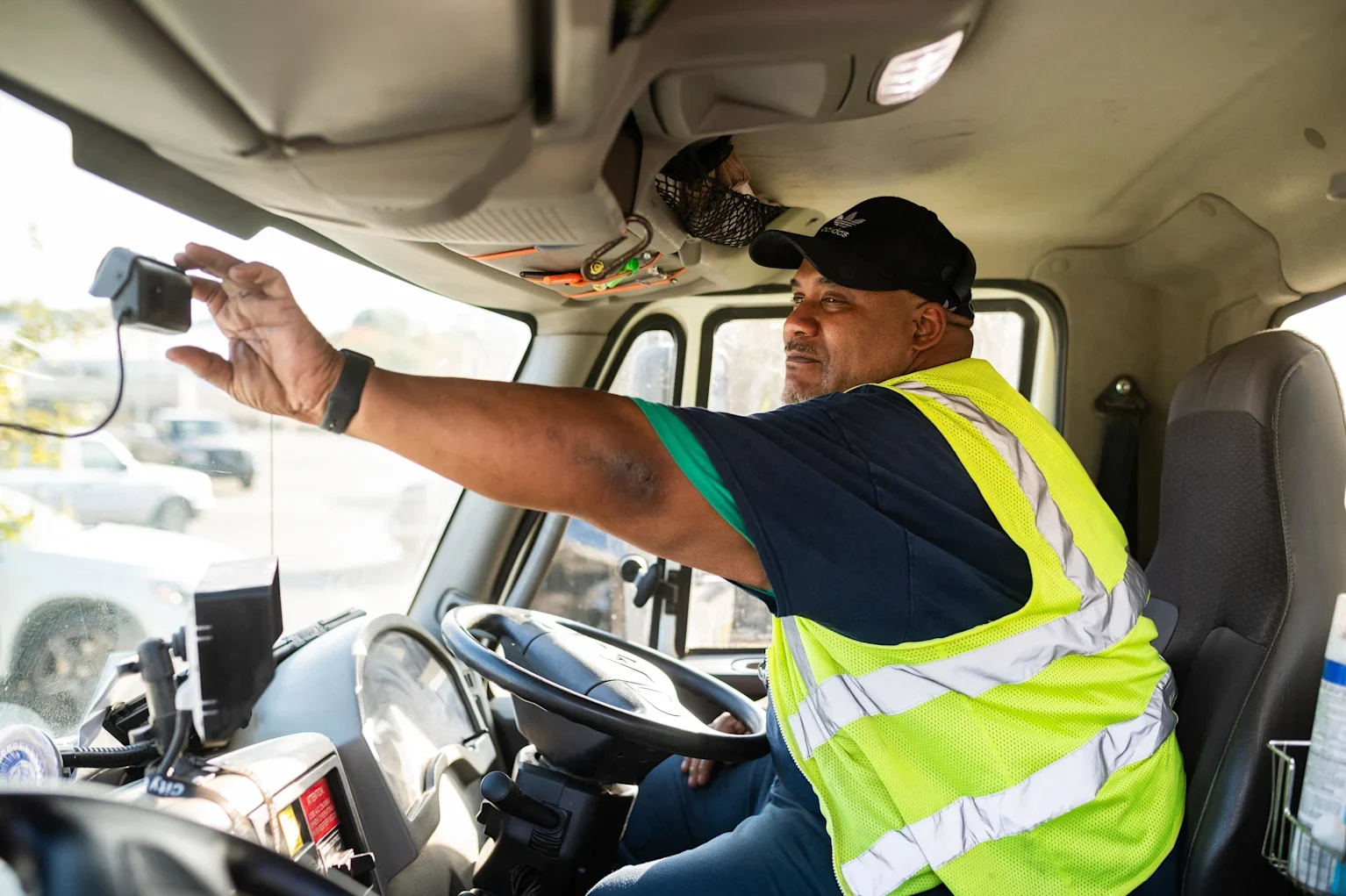
Protect drivers in the moments that matter with Samsara AI Dash Cams, which empower fleet drivers to build safe habits with real-time coaching. Samsara’s robust coaching and reporting tools make it easy to optimize driver performance and maximize coaching effectiveness.

Samsara’s to-the-second GPS and vehicle diagnostics give you best-in-class visibility across your fleet of vehicles to maximize vehicle safety and fleet operations. Minimize risk and maximize uptime with insights into vehicle safety, driver compliance, and fleet security.

Simplify the driver experience in the cab and beyond with the Samsara Driver App. Increase driver safety with safety training and reward programs, and incentivize safer driver behavior with gamification. Build custom driver training workflows specific to your fleet safety systems and policies.
9 out of 10 customers say Samsara helped improve safety within their fleet
Learn More